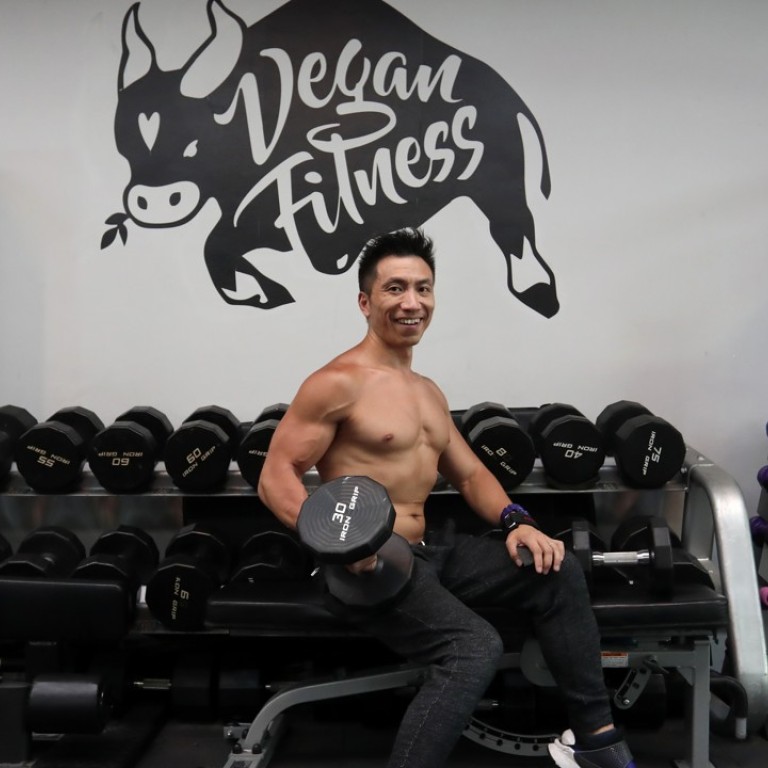
How a varied vegan diet can make most people fitter and healthier – plus recipes and experts’ tips
Vegan fitness trainer and bodybuilder Olis Chan eats a wide range of grains, nuts and seeds and is healthier and less prone to illness than ever before. However, the plant-based diet is not for everyone, say experts
Personal trainer and co-founder of Vegan Fitness Olis Chan, with his rock-hard six-pack and bulging biceps, is 100 per cent plant-powered. He became a vegetarian 14 years ago.
“I was getting sick a lot, and had problems such as eczema. My Buddhist sifu suggested that I try vegetarianism as a way of getting over these illnesses – and it worked,” says the 42-year-old, who claims that he now falls ill only about three times a year.
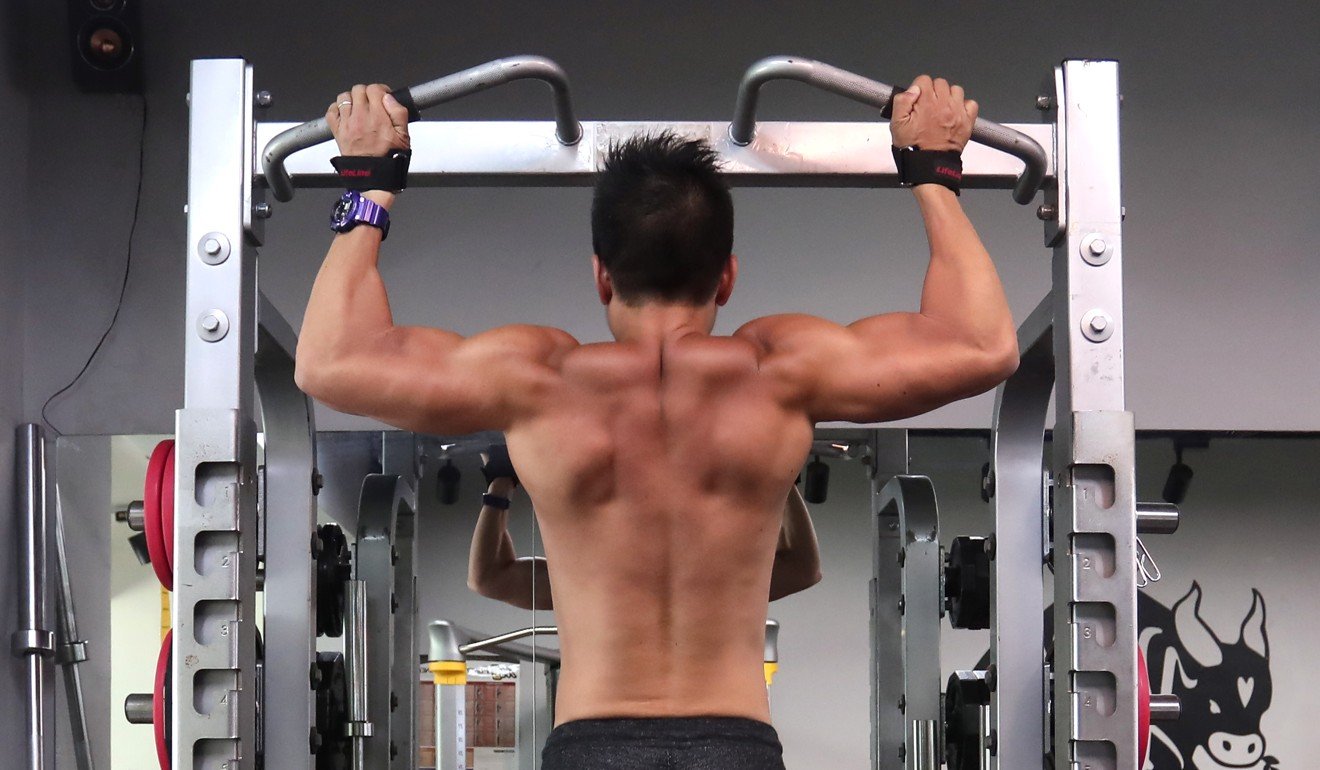
Chan later went vegan for health and ethical reasons. But his transition from vegetarian to vegan was one of trial and error. The bodybuilding enthusiast had already experienced a loss of muscle mass and strength during the first few months of adopting the vegetarian diet – but little did he expect that he would lose almost one-third of his body weight on his vegan diet.
“I ate mainly what many Chinese people would instinctively associate with a vegan diet: tofu and beans. That went on for a year – until I learned that vegan bodybuilders overseas were eating a variety of grains, nuts, seeds and legumes,” says Chan, who then switched his diet and began rebuilding muscle and strength.
How vegan diet went from fringe to mainstream, and its advocates in Hong Kong and worldwide
Miles Price, a functional medicine practitioner and clinical nutritionist at Life Clinic in Central, emphasises the importance of eating a variety of plant proteins to prevent amino acid deficiency in a vegan diet. “Animal proteins are complete proteins and have all the amino acids the body needs,” he says, adding that most plant-based proteins don’t. (Soybeans, and grains quinoa and amaranth do.) “It’s especially important to include a variety of grains, seeds, nuts and legumes in your daily vegan diet.”
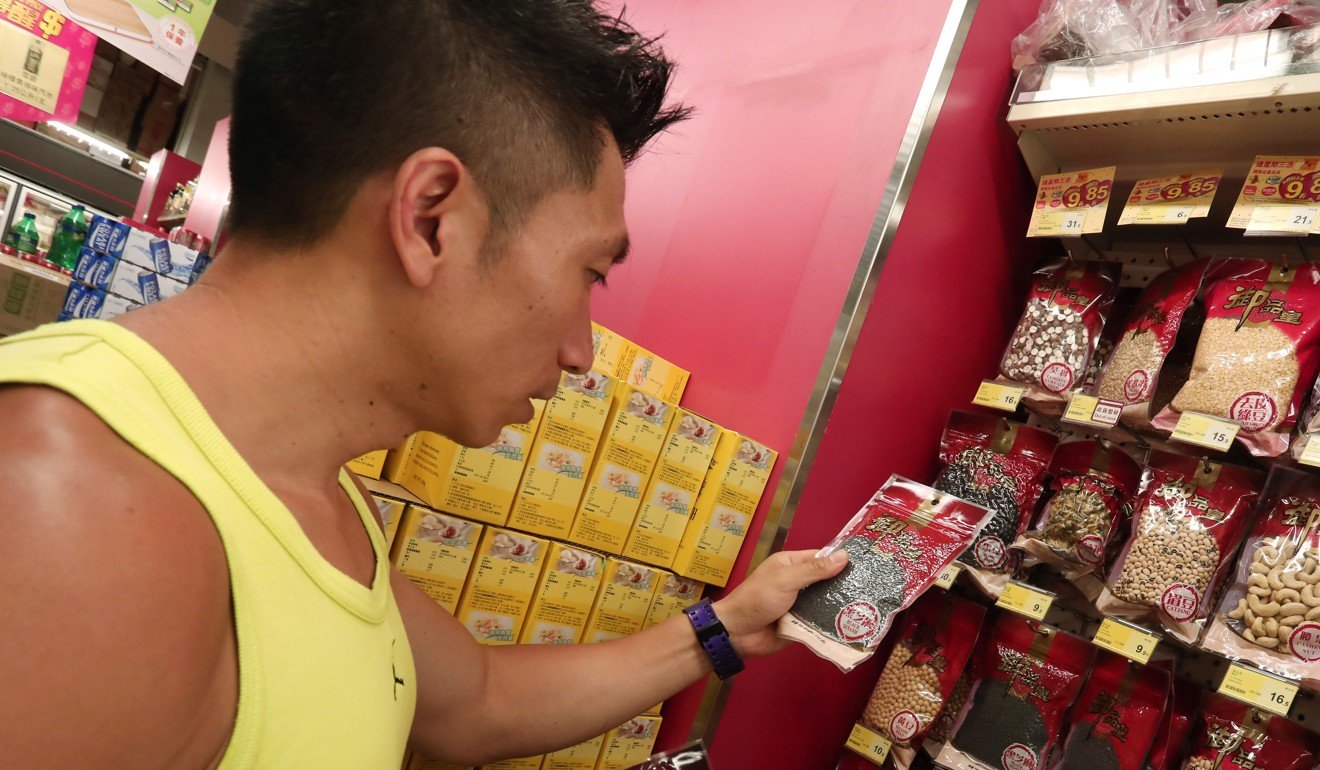
Amino-acid deficiencies can cause serious health consequences. For example, a deficiency in choline, an amino acid found in eggs, liver and dairy products, could result in neurological problems, and problems with liver function. People on a vegan diet could also be at greater risk of mineral and vitamin deficiencies.
While iron – a mineral that is used to create blood cells – is present in many plant foods, it is less easily absorbed by our bodies than iron from animal sources. Price suggests that vitamin C enhances the absorption of iron from plant sources and prevents anaemia, especially among women who menstruate.
How yoga, trail running and a vegan diet changed Hongkonger’s life – and cured her underactive thyroid
Another mineral, zinc, which is needed for a strong immune system, is abundant in seeds and nuts – but our bodies cannot easily absorb the mineral due to inhibitors that are present in seed coats. The solution? “Soak raw seeds in water to break down the inhibitors before cooking or consuming them to optimise the absorption of zinc,” Price advises. Sprouting the seeds also helps unlock nutrients, such as zinc.
As for vitamins, Price says B12 and K2 are the most common vitamins that vegans might miss out on. Vitamin B12, which cannot be found in any plant-based food except algae, can be replenished with a supplement. “Vegans have to be mindful of vitamin B12 as it is essential for neurological and blood health,” says Price.
Vitamin B12 is readily available in beef, lamb, eggs and fish. Vitamin K2, meanwhile, is found in animal fats: it supports the cardiovascular system by reducing the build up of plaque in blood vessels. The best vegan food for vitamin K2 is natto – a fermented soy product – although some people may be put off by its smell.
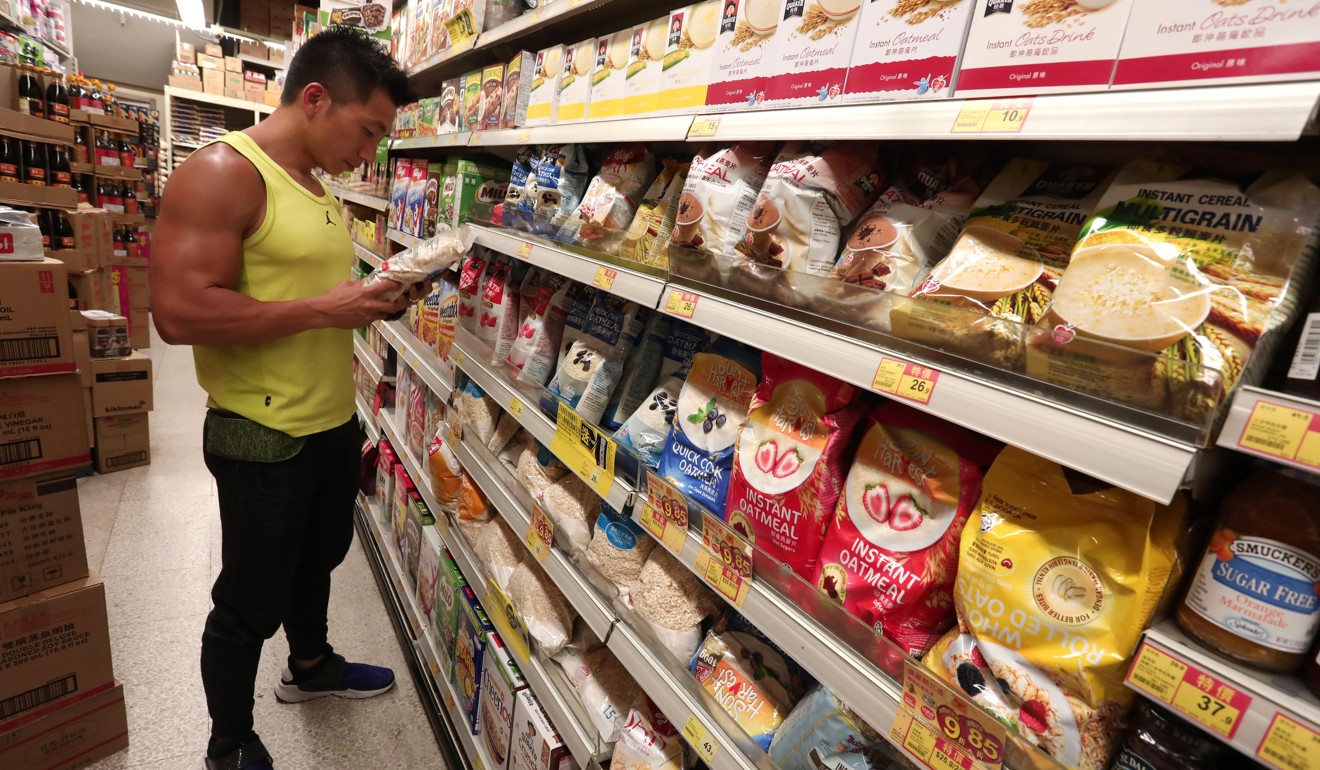
“Try the vegan diet for three months and do a blood test to check your vitamin and mineral levels. If they’re good, you can stay on the diet,” Price says.
It has been seven years since Chan went vegan, and the father of one proudly declares that he feels more energised than ever. “I’m continually lifting heavier weights, and I’ve got much greater endurance than when I was an omnivore,” he says. He also attributes his lean physique to his diet. “Because I don’t eat animal fat, I can keep my body fat at around 9 to 12 per cent – even without doing any cardio.”
Chan also claims that his six-year-old son, who is also vegan, has never needed to take medicine due to his strong immune system. The family of three doesn’t spend a fortune on food, either. Chan buys food from local wet markets and supermarkets, and, dines at cha chaan tengs rather than at vegan restaurants. “You just have to get creative. Don’t be afraid to ask for something that is not on the menu, such as tomato, tofu and aubergine on rice.”
Meet the Hong Kong vegan fitness trainers who can help you transition to a plant-based life
Not every vegan journey is as successful as Chan’s. Jessica Simkin Williams, a nutrition consultant, went back to an omnivore diet after spending almost a decade on a vegan one.
“I had low iron, low body temperatures, low thyroid function and low energy. But after reintroducing fish to my diet, I had increased energy. My mind was clear and focused, and my body loved it,” she says.
Although switching back to an omnivore diet gave Williams – a believer in animal rights – great mental anguish, a few years after reintroducing fish, dairy and eggs into her diet, she still felt like her body needed more, and she began eating chicken.
“I’ve now developed a sense that life feeds on life, but we need to do it respectfully. I make sure I know the source and quality of the animal products I use.”
Williams’ decision was also influenced by her Master of Science course in holistic nutrition, in which she studied biochemical individuality. “It gave me the perspective that there’s no one perfect diet for everyone. I learned that I need a high amount of protein, and quite a high amount of fat.”
The vegan meat substitute Asia has been waiting for: pork alternative Omnipork, and the Hong Kong restaurants serving it
One way to find out if a vegan diet is right for you is through genetic testing, which looks at whether you are suitable for a high-carbohydrate diet, says Price. “Because a lot of vegan foods are carb-based, if you manage your blood sugar well, you can become vegan quite easily,” he says. “But if you’re insulin-resistant or diabetic, the vegan diet will be quite challenging.”
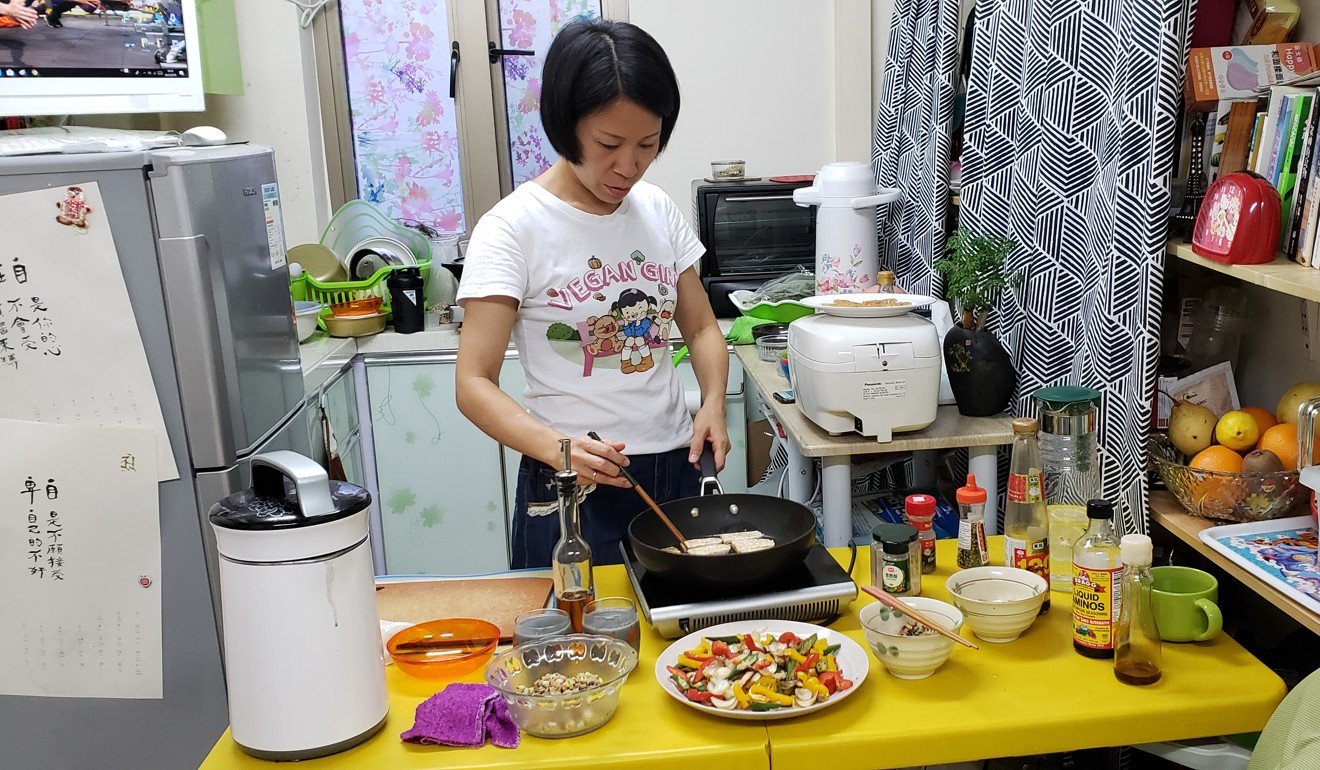
Olis Chan’s favourite vegan recipes
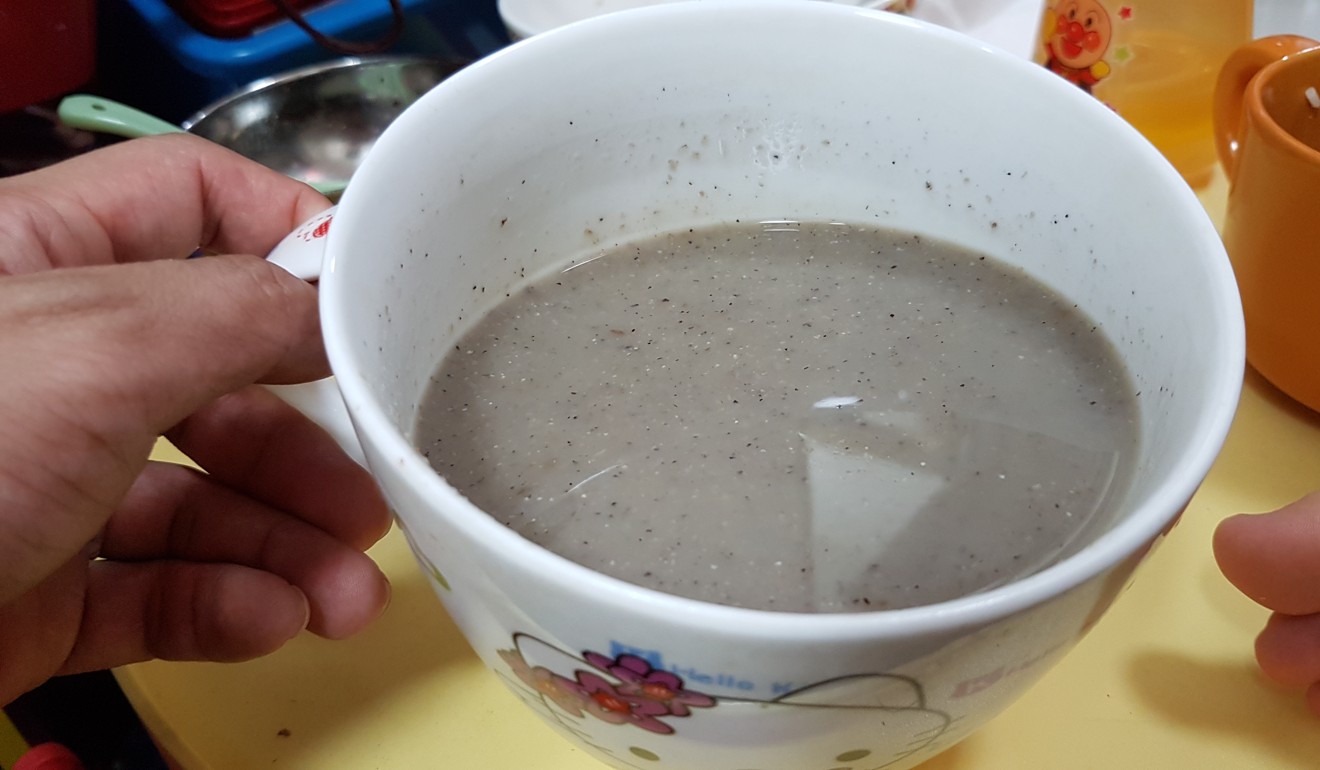
CHICKPEA AND BLACK SESAME SOY MILK
Rich in calcium, iron and protein, this drink makes the perfect breakfast or lunch drink – especially for menstruating women who feel lightheaded because of low iron levels.
Ingredients
100 grams chickpeas
Three tbsp black sesame
30-50 grams rock sugar
One litre water
Chia seeds (optional)
Method
1. Soak chickpeas in water for three hours, then drain.
2. Put all ingredients into a soy milk maker, taking care not to exceed the maximum level indicated.
3. Select the “grains” function and blend for 25 to 30 minutes.
4. Serve with pre-soaked chia seeds for added nutrients and satiety (optional).
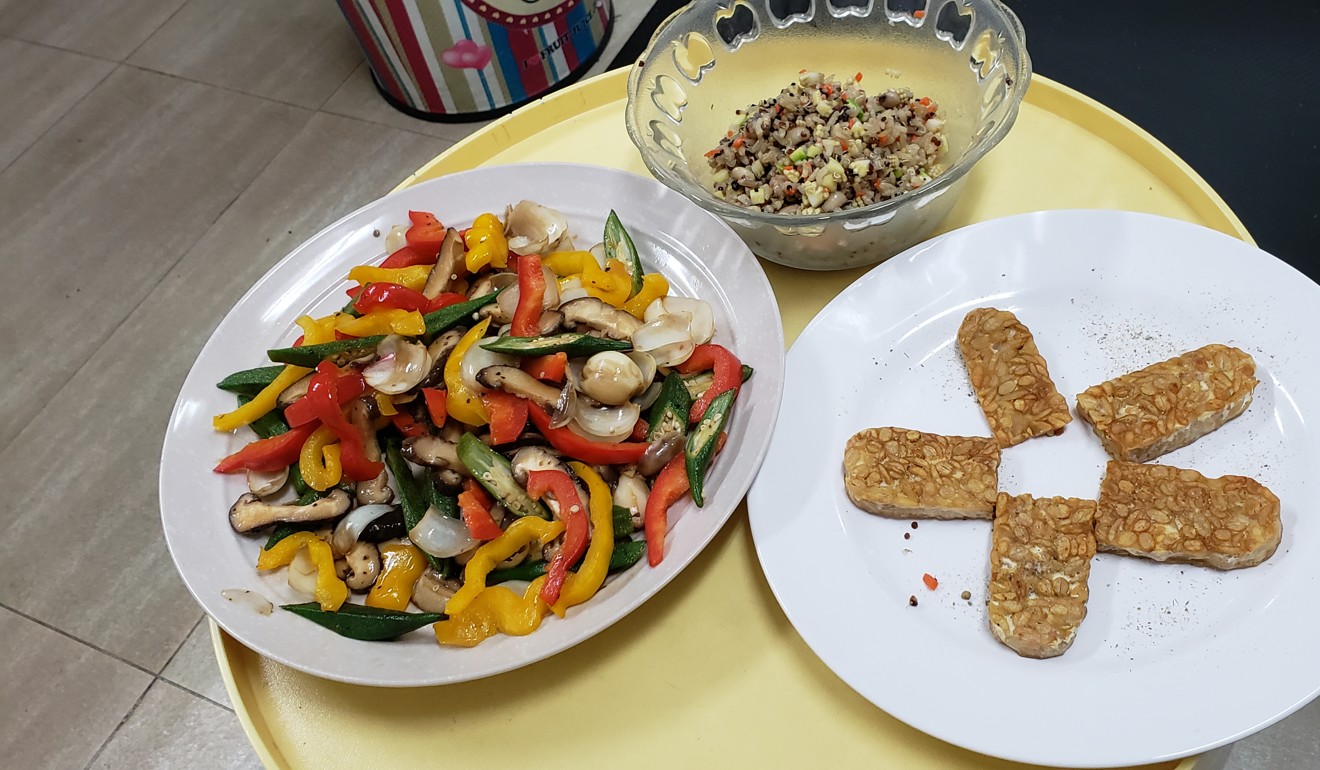
MORE THAN JUST RICE
Fuel your workouts with this high-carbohydrate and high-fibre dish. Best eaten during lunch, or an hour before exercise.
Ingredients
One cup sprouted brown rice
½ cup black-eyed peas
½ cup tricolour quinoa
½ zucchini
Five or six corn cobs
A handful of carrot (diced)
A dash of soy sauce
A dash of sesame oil
Method
1. Soak black-eyed peas in water for two hours, then drain.
2. Rinse sprouted brown rice and tricolour quinoa, then soak in water for 30 minutes. Keep water for use later.
3. Rinse, peel and dice courgette, corncobs and carrot.
4. Put peas, rice and quinoa into a rice cooker and cook until ready. Stir in the other ingredients and keep warm for another 10 minutes.
5. Stir in soy sauce and sesame oil as desired and serve.

PAN-FRIED TEMPEH
Save this savoury and filling high-protein dish for lunch or your midday snack as it could be a tad heavy for dinner.
Ingredients
One pack tempeh
Sesame oil
Spice salt
Cumin
Method
1. Slice tempeh and fry with sesame oil.
2. Serve with a sprinkle of spice salt and cumin.

